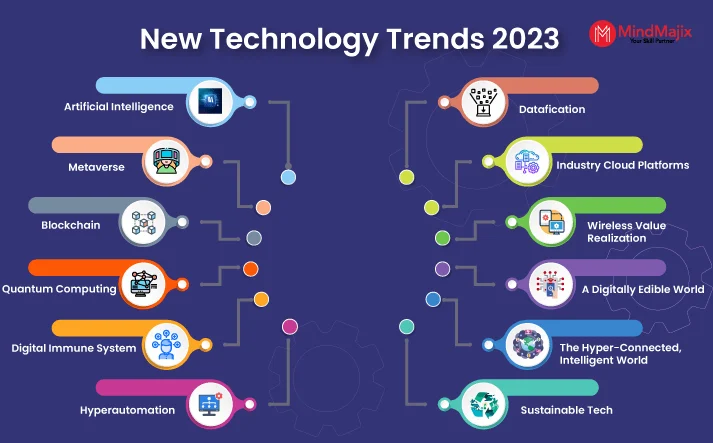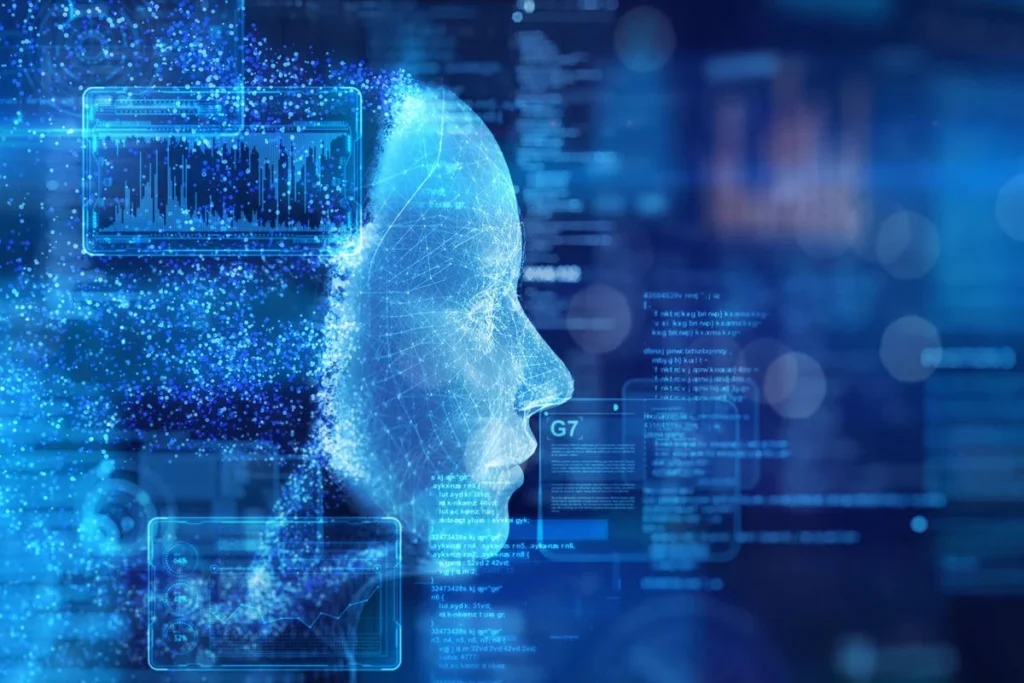In today’s digital landscape, the role of artificial intelligence in cybersecurity has emerged as a double-edged sword. As cyber threats become increasingly sophisticated, organizations are turning to AI technologies to enhance their security measures. However, while AI offers powerful tools for threat detection and response, it also presents new vulnerabilities that can be exploited by malicious actors. This article delves into the complex relationship between AI and cybersecurity, highlighting both the advantages and the potential pitfalls of integrating AI into security frameworks.
Throughout this article, readers will discover how AI-driven solutions can significantly improve threat intelligence, automate incident response, and bolster overall security posture. We will explore real-world applications of AI in cybersecurity, showcasing success stories and innovative strategies that organizations are employing to stay ahead of cybercriminals. Additionally, we will address the ethical considerations and challenges that arise from the use of AI, emphasizing the importance of a balanced approach to harnessing its capabilities.
As we navigate through the intricacies of AI in cybersecurity, we invite you to consider the implications of this technology on your own security practices. By understanding the dual nature of AI, you can better prepare your organization to leverage its strengths while mitigating its risks. Join us as we unpack the essential insights and strategies that will empower you to make informed decisions in the ever-evolving realm of cybersecurity.
Artificial Intelligence (AI) has become a pivotal component in the realm of cybersecurity, offering both innovative solutions and new challenges. As organizations increasingly rely on AI to enhance their security measures, it is essential to explore its dual nature—both as a powerful ally and a potential adversary in the ongoing battle against cyber threats.
AI-Powered Threat Detection
One of the most significant advantages of AI in cybersecurity is its ability to detect threats in real-time. Traditional security systems often rely on predefined rules and signatures to identify malicious activities, which can leave them vulnerable to new and sophisticated attacks. AI, on the other hand, utilizes machine learning algorithms to analyze vast amounts of data, identifying patterns and anomalies that may indicate a security breach.
By continuously learning from new data, AI systems can adapt to evolving threats, making them more effective at detecting zero-day vulnerabilities and advanced persistent threats (APTs). This proactive approach not only enhances the speed of threat detection but also reduces the reliance on human intervention, allowing security teams to focus on more strategic tasks.
Automating Incident Response
AI can significantly streamline incident response processes, enabling organizations to react swiftly to security incidents. Automated systems can analyze the nature of a threat, assess its impact, and initiate predefined response protocols without human input. This rapid response capability is crucial in minimizing damage and reducing recovery time.
Moreover, AI-driven automation can help in orchestrating responses across various security tools and platforms, ensuring a coordinated effort in mitigating threats. By automating repetitive tasks, security teams can allocate their resources more effectively, focusing on complex issues that require human expertise.
The Rise of AI-Driven Cyber Attacks
While AI enhances cybersecurity, it also empowers cybercriminals to launch more sophisticated attacks. Malicious actors can leverage AI to develop advanced malware, automate phishing campaigns, and even create deepfake technologies to deceive individuals and organizations. This dual-use nature of AI poses a significant challenge for cybersecurity professionals.
As attackers adopt AI tools, the cybersecurity landscape becomes increasingly complex, requiring organizations to stay ahead of the curve. This necessitates continuous investment in advanced security measures and the development of counter-AI strategies to combat these emerging threats effectively.
Enhancing User Authentication
AI plays a crucial role in improving user authentication processes, making it more difficult for unauthorized users to gain access to sensitive information. Techniques such as biometric recognition, behavioral analysis, and risk-based authentication leverage AI to assess the legitimacy of user actions in real-time.
By analyzing user behavior patterns, AI can identify anomalies that may indicate fraudulent activity, prompting additional verification steps. This not only enhances security but also improves the user experience by reducing friction during the authentication process.
Data Privacy Concerns
As AI systems collect and analyze vast amounts of data, concerns regarding data privacy and compliance with regulations such as GDPR and CCPA have emerged. Organizations must ensure that their AI-driven cybersecurity solutions do not compromise user privacy or expose sensitive information.
Implementing robust data governance frameworks and ensuring transparency in AI algorithms are essential steps in addressing these concerns. Organizations must strike a balance between leveraging AI for security and maintaining the trust of their users.
Future Trends in AI and Cybersecurity
The future of AI in cybersecurity is poised for significant advancements, with trends such as the integration of AI with blockchain technology and the rise of AI-driven security operations centers (SOCs). These innovations promise to enhance threat intelligence, improve incident response, and provide a more comprehensive security posture.
As AI continues to evolve, organizations must remain vigilant and adaptable, investing in ongoing training and development for their cybersecurity teams. Embracing a culture of continuous improvement will be vital in navigating the complexities of AI in cybersecurity.
| Aspect | Description |
|---|---|
| Introduction | Artificial Intelligence (AI) is increasingly being integrated into cybersecurity strategies to enhance threat detection and response capabilities. |
| Benefits of AI in Cybersecurity |
|
| Challenges and Risks |
|
| Future Outlook | The future of AI in cybersecurity will likely involve a collaborative approach, where AI tools work alongside human experts to enhance security measures while addressing ethical and privacy concerns. |
| Conclusion | While AI presents significant advantages in the field of cybersecurity, it also introduces new challenges that must be carefully managed to ensure a balanced and effective security posture. |



